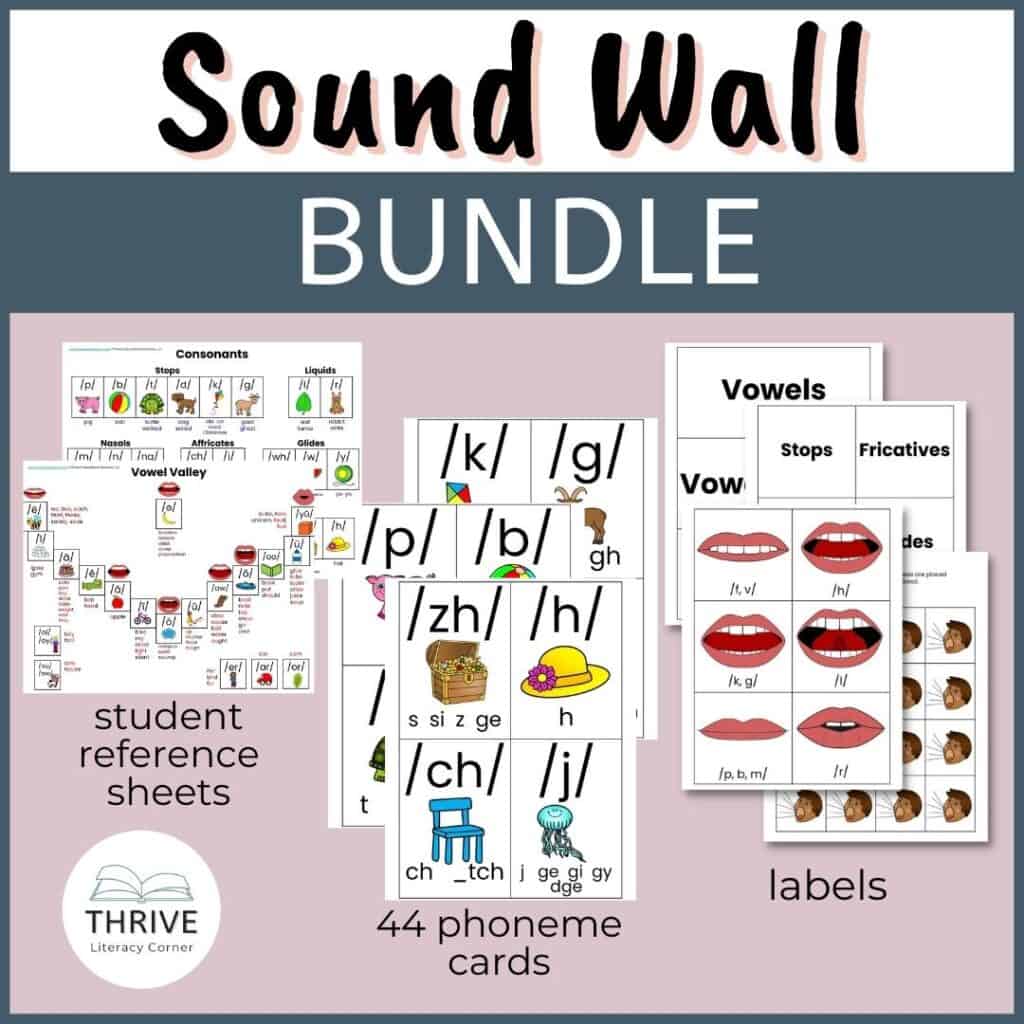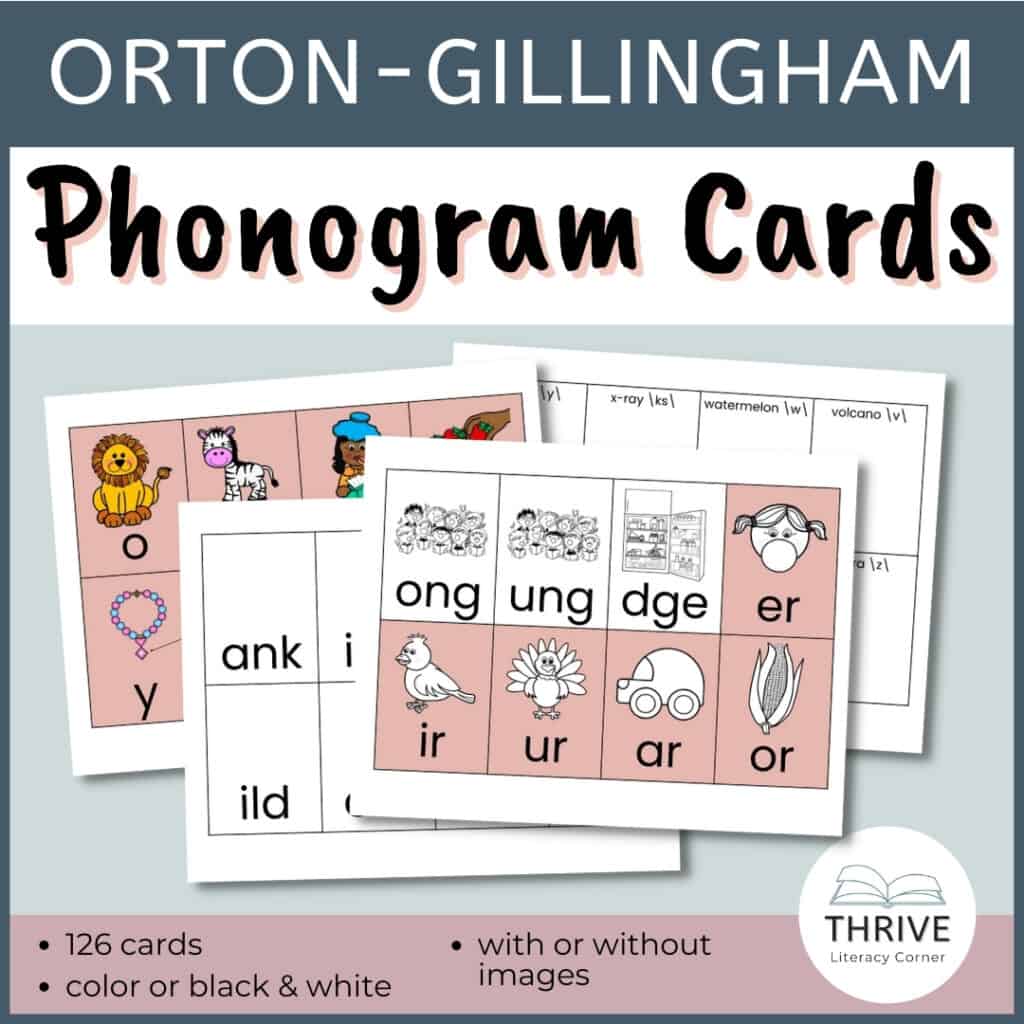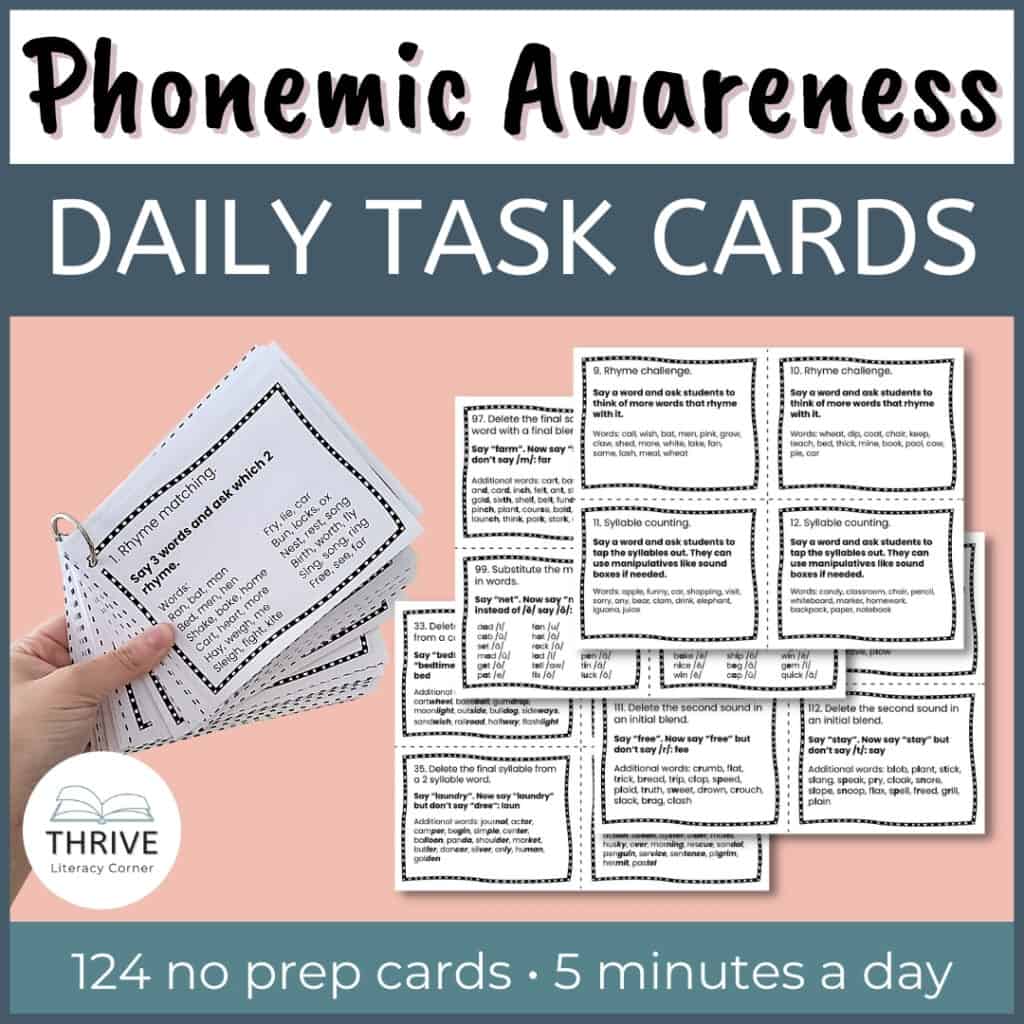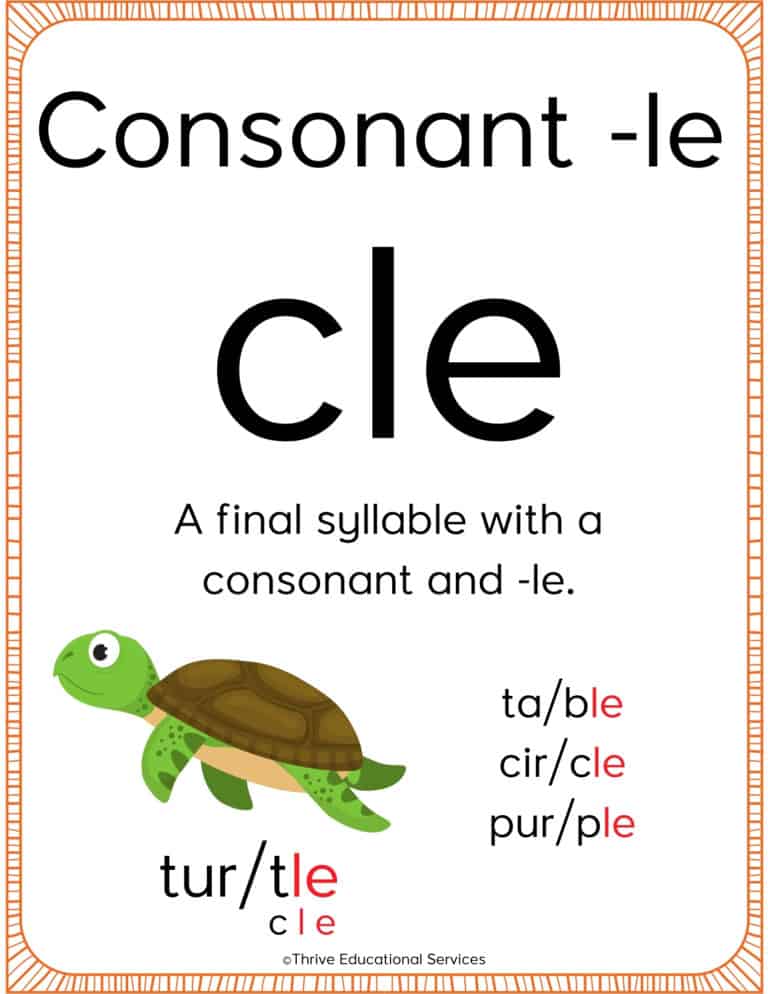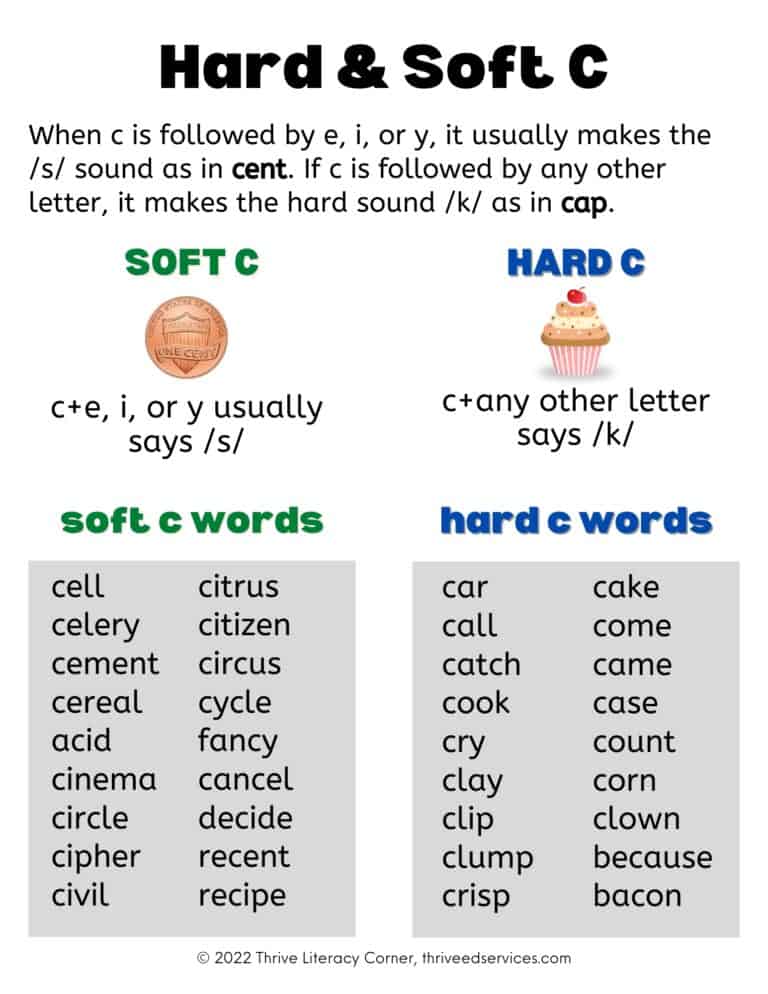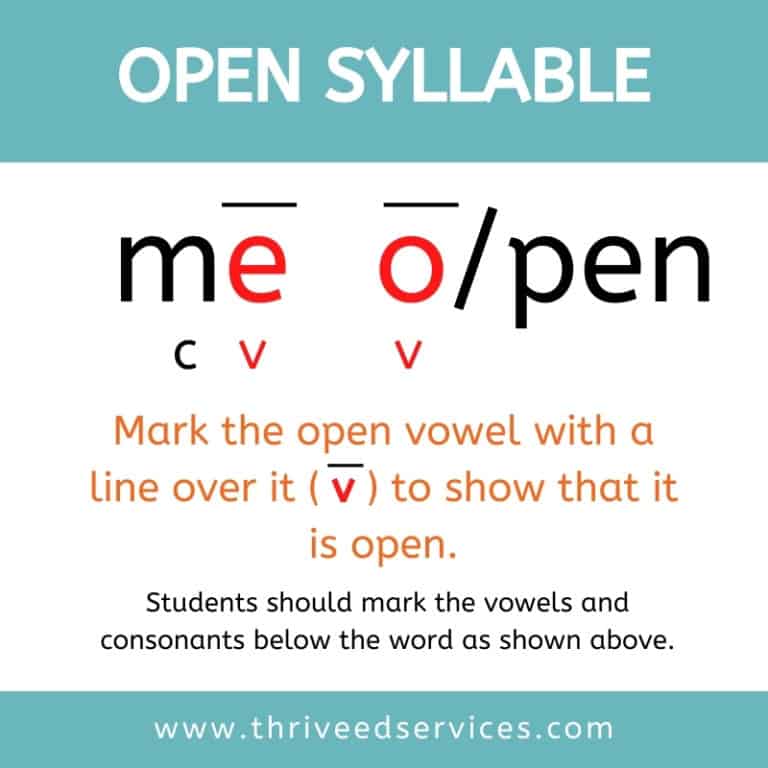Decodable Books or Leveled Books? Which are better?
This post may contain affiliate links, and I will earn a commission if you purchase through these links. Please read the disclosure policy for more details.
The debate over whether to use decodable books or leveled books has really been firing up lately. Opinions are polarized with many teachers totally ditching leveled readers and others staying away from “boring” decodable texts.
So what should you use? Which one is better to use?
Well, the truth is that they are both good to use. The key is knowing when and how to use them. Read on to learn more about how to use decodable books and leveled readers appropriately.

SCIENCE OF READING QUICK START GUIDE
Grab your FREE guide with the 5 tools you need to get started with SOR!
*Most school spam filters block my emails, so please use a personal email.

Decodable Books
Decodable books are written with phonemically regular words that follow common phonics patterns and can be read without too much effort. They are ideal for phonics practice, early readers, and for reading intervention. Because the text is controlled, they follow the same scope and sequence as the phonics program and are very effective for teaching readers how to decode words.
Decodable text is typically used with phonics instruction and will focus on one phonics pattern or high frequency word. They are ideal for in context phonics practice.

Benefits of using decodable books:
- Helps reinforce phonics patterns and letter-sound correspondences
- Can be used as a guided reading tool for specific decoding skills, such as long vowels or ending sounds
- Focuses on building word recognition through meaning – Once children have learned to recognize most of the words in decodable texts, they are able to focus on comprehension of the text
- Helps to fill in gaps for readers who lack confidence and motivation – Decodable readers do not have a wide range of difficult words, so students can read them successfully even if they are struggling with fluency
- Strengthens orthographic memory & reading fluency
- Can be read independently
Cons of using decodable books
- Limited vocabulary
- Some can be repetitive and predictable, which can be boring for some children
- Some may not give students a good sense of how to read less familiar words (that is, words that aren’t part of the phonics patterns they’ve been practicing)
- Not likely to provide enough challenge or depth for highly motivated readers or those with a natural interest in books
- Some don’t have a storyline that makes sense
Leveled Books
Leveled books can be read on different levels and include more difficult words and a variety of sentence patterns. They are not controlled for phonics patterns and can contain a mix of easy and challenging words. They tend to be better for teaching comprehension and expanding vocabulary.

Benefits of using leveled books:
- Gives children motivation and keeps them engaged by including stories that they find interesting and relatable
- Challenges students with longer, more difficult text and provides practice in comprehension strategies such as inferring and summarizing
- Can help build fluency through the repeated reading of the same book
- Help to improve comprehension skills
This small study from 2020 found a “statistically significant difference and large effect size for reading comprehension in favour of the low phonically-decodable texts”, meaning students who worked with decodable texts did not perform better on comprehension tasks.
Cons of using leveled books:
- May not provide enough repetition to teach phonics patterns
- Can be too difficult for some struggling readers or those who need repeated practice with decoding words
- Texts are uncontrolled for phonics patterns
Many students end up relying too much on context when using leveled reading books without appropriate phonics instruction. For example, some students start to guess many words by looking at pictures and thinking about what makes sense.
So when a student like this comes to an unfamiliar word, they don’t try to sound it out as they should. They lack the decoding skills to read new words. And this is a big problem many students currently face.
Using pictures and context works really well with early reader books that have a sentence or two and lots of images. But when students reach the point where the images are gone, and there are paragraphs on a page, how can they use context to read an unfamiliar word? It’s simply not possible. They need decoding skills.
And that’s where decodable texts and explicit phonics instruction come in. Leveled readers should be the next step after phonics and decodables.
Using Decodable Books and Leveled Books Together
Using both leveled and decodable texts can be a powerful combination to build both fluency and word recognition. But you have to also teach phonics!
Explicit systematic phonics instruction is key to teaching all students how to read. Without appropriate phonics instruction, many students will struggle with leveled readers.
- Leveled Readers: Allow children to read texts that are more difficult or longer than what they would typically read in a decodable book, while still providing practice with decoding skills through reading strategies such as predicting or summarizing.
- Decodable Readers: Provide children with a controlled text that follows a predictable pattern and helps them practice reading more frequently, which will make it easier for them to gain fluency.
So when should you use decodable text?
- When teaching phonics
- When providing intervention or in the early stages of learning to read
- To help children with decoding skills when they are not ready for leveled texts
In the first years of students learning how to read, you should be using decodable readers a lot more often than leveled readers. This way students are taught to rely on their phonics skills when reading instead of other cues like pictures.
This is the same for intervention. If a student is struggling with decoding, a leveled reader is not going to help.
When should you use leveled text?
- After students have mastered the phonics skills in the leveled text
- When interested in stories that will expand their vocabulary and provide practice in comprehension strategies such as inferring and summarizing
- During guided reading time and in small groups
- For read alouds and shared reading

Even while you’re using mostly decodable books, you can start to introduce some leveled readers in small groups. Gradually, as students’ decoding skills improve, you can add in more and more leveled texts and focus more on teaching other reading skills like comprehension.
Once students are able to decode multisyllabic words and they know most phonics rules/patterns you can use more leveled readers, and just use decodables with phonics instruction.
Decodables should be a tool used to teach decoding that is gradually phased out.
Conclusion
I hope this blog post has convinced you that leveled and decodable texts can be a powerful combination for building reading skills. Stay tuned for my list of recommended resources coming soon to help you implement these strategies in your classroom or at home with your kids!
Sources:
- Which Texts for Teaching Reading: Decodable, Predictable, or Controlled Vocabulary? – Timothy Shanahan, Reading Rockets
- Should We Teach with Decodable Text? – Timothy Shanahan, Reading Rockets
- ‘Decodable’ Books: Boring, Useful, or Both? – Sarah Schwartz, EducationWeek
Want to remember this? Save Should You Use Decodable Readers or Leveled Readers? to your favorite Pinterest board!

If you’re looking for more tips on teaching reading to struggling learners, check out these other posts:
- How To Structure Your Literacy Block
- Reading Assessments You Should Be Using
- What is the Science of Reading?
- Teaching High Frequency Words Using the Heart Word Method
- Phonemic Awareness Strategies & Activities For Struggling Learners
- The 6 Syllable Types
- Why You Should Switch To A Sound Wall
- Reading Strategies for Struggling Readers – Elkonin Boxes
- Activites That Improve Reading Fluency
- How To Teach Phoneme Segmentation
- How To Teach Sight Words: The Heart Word Method


